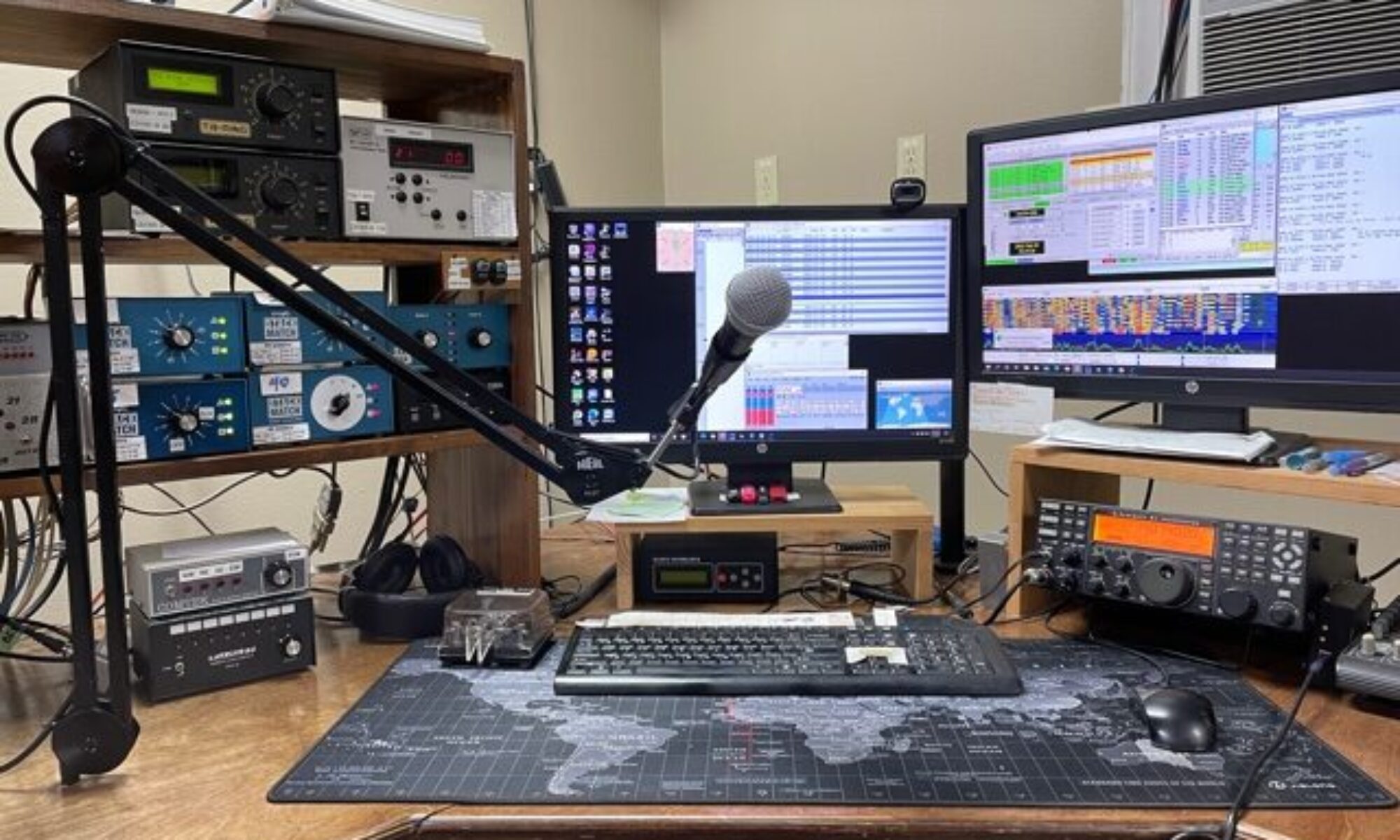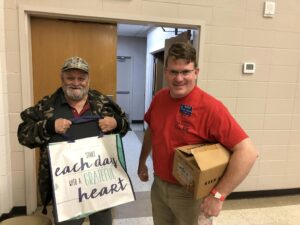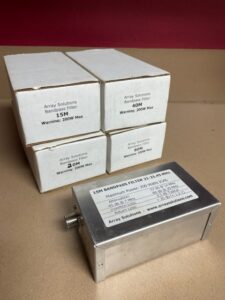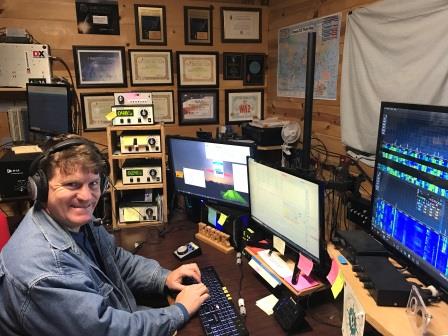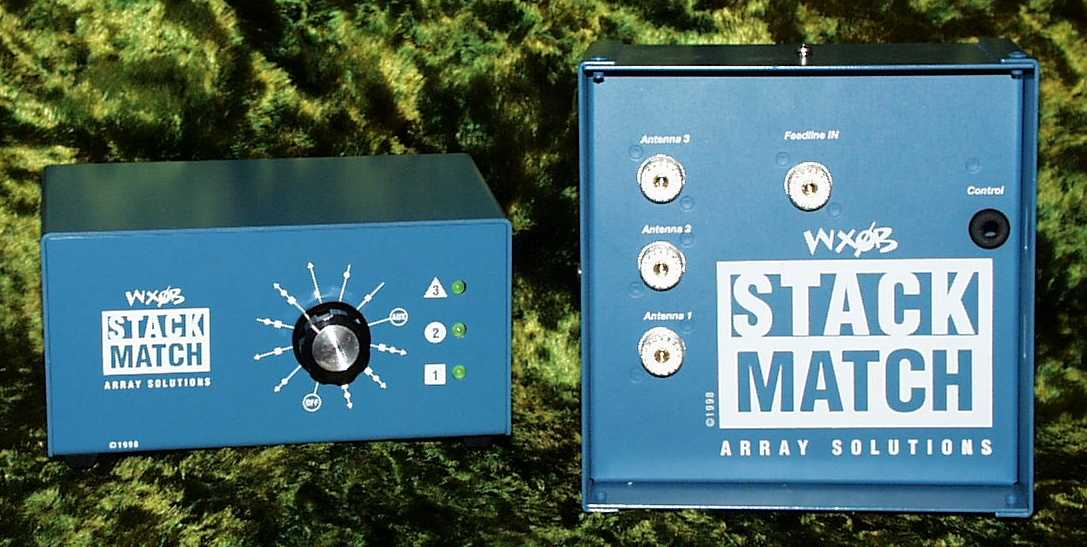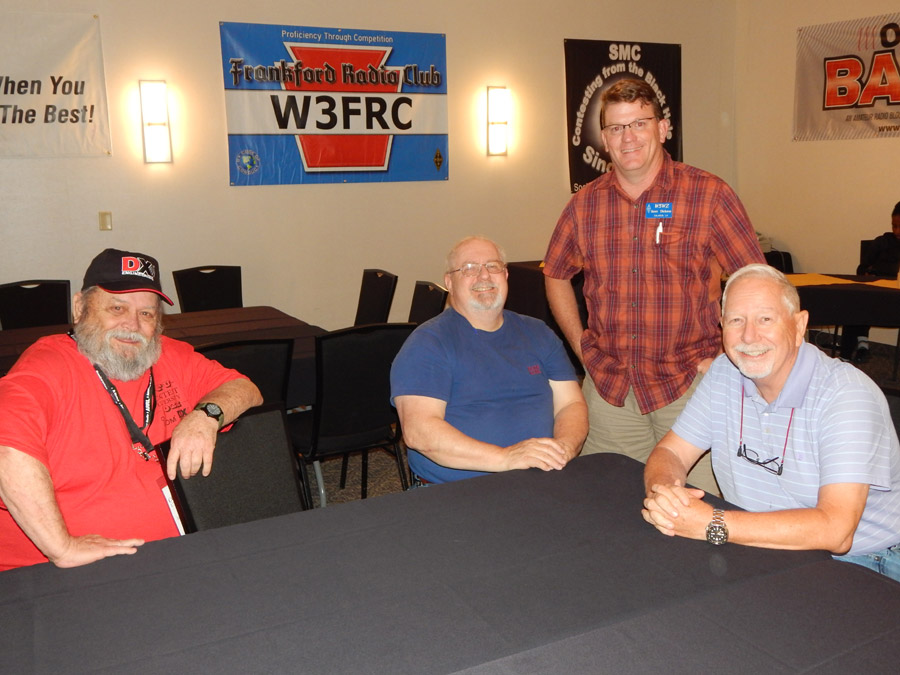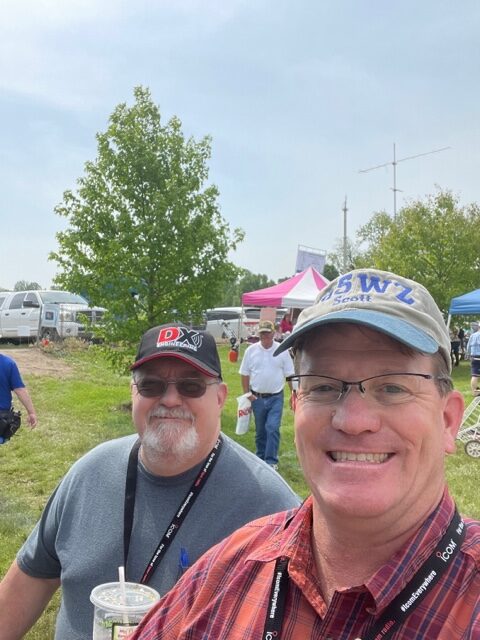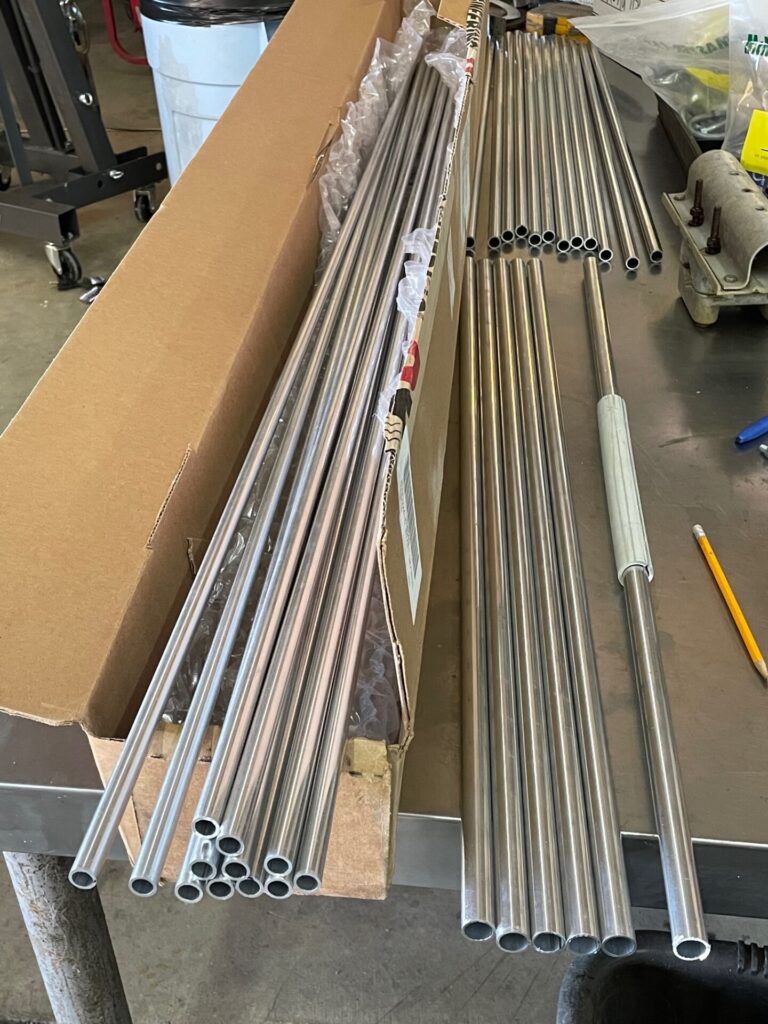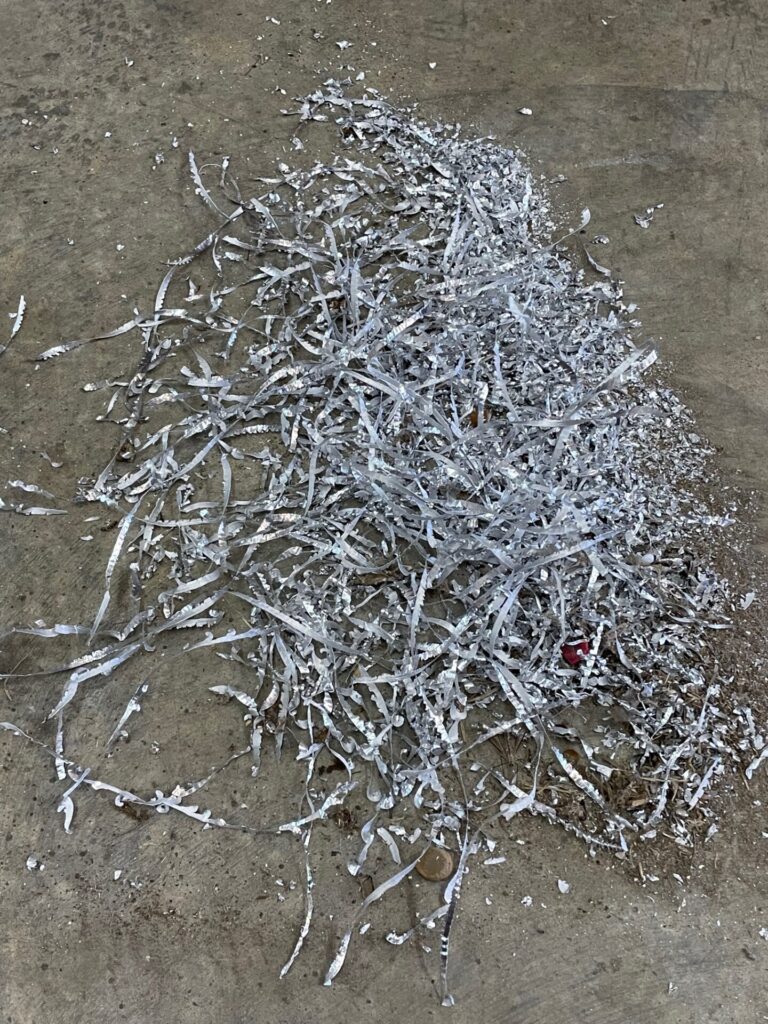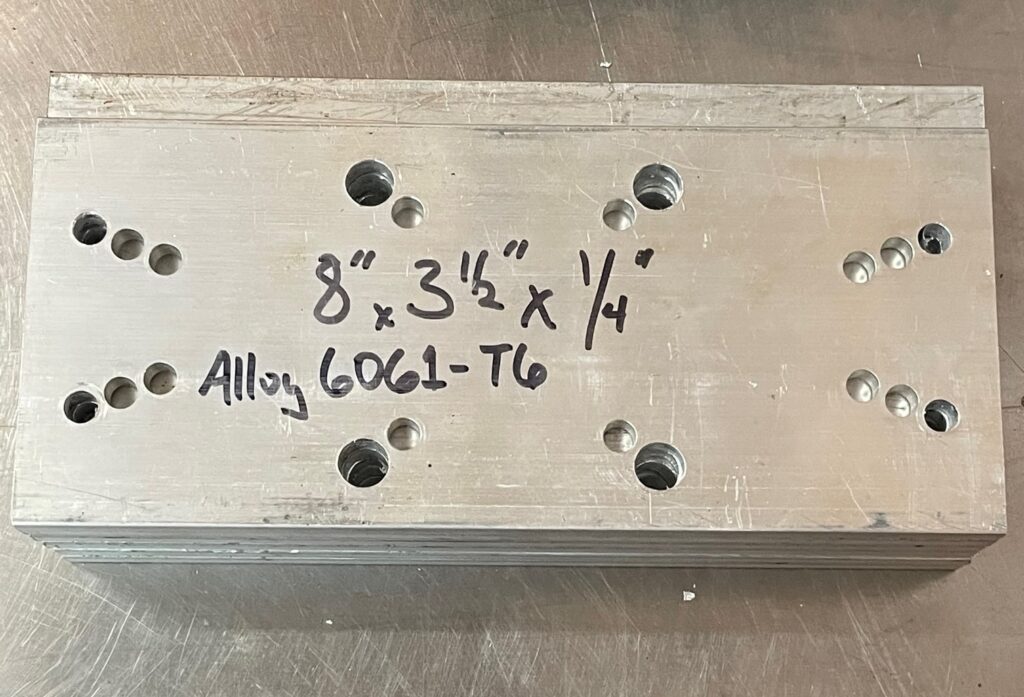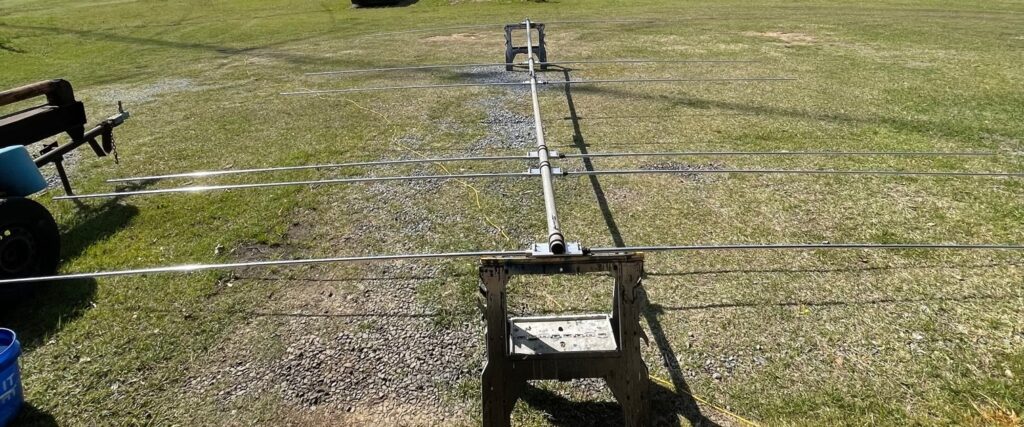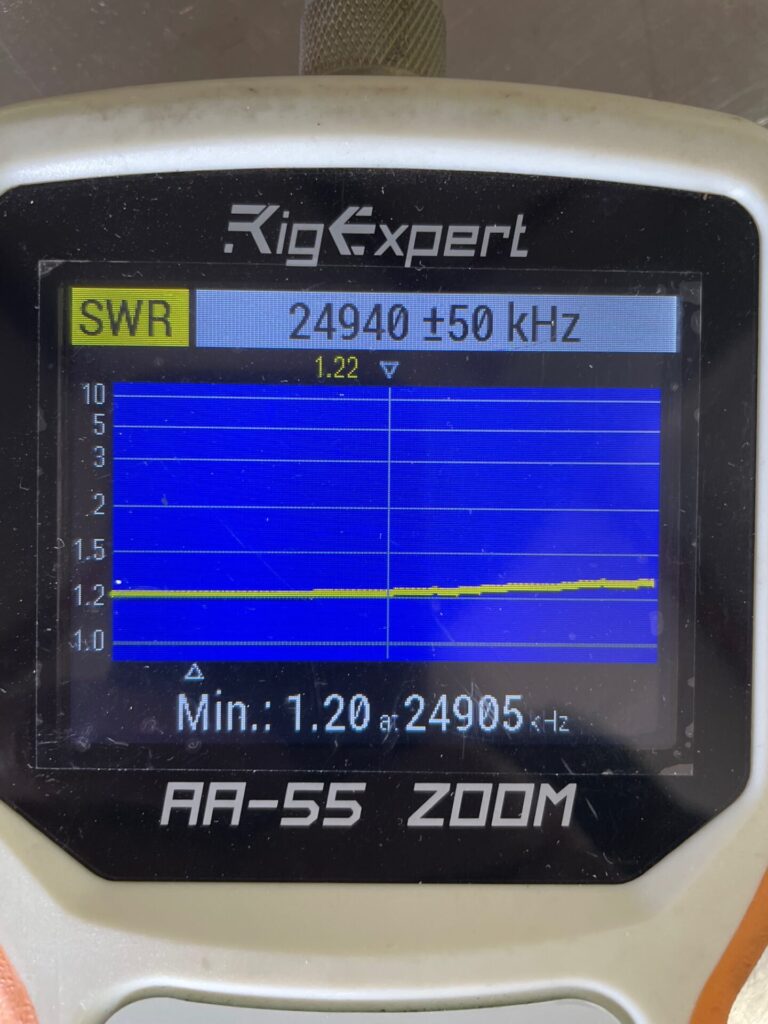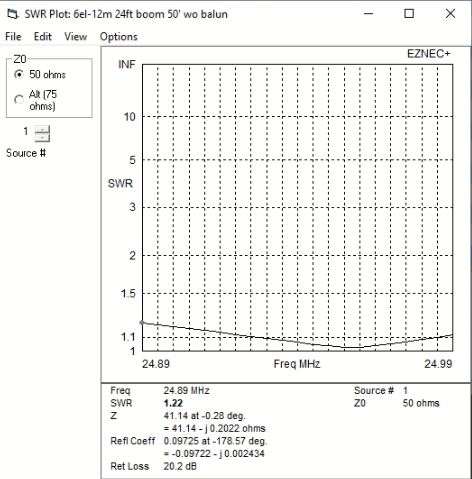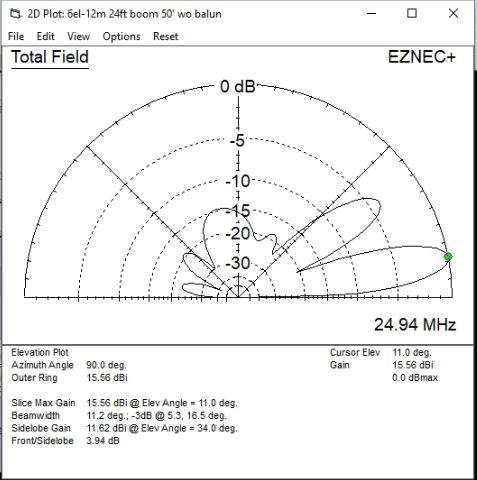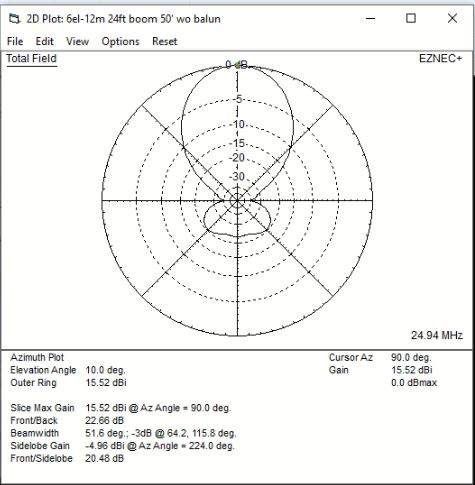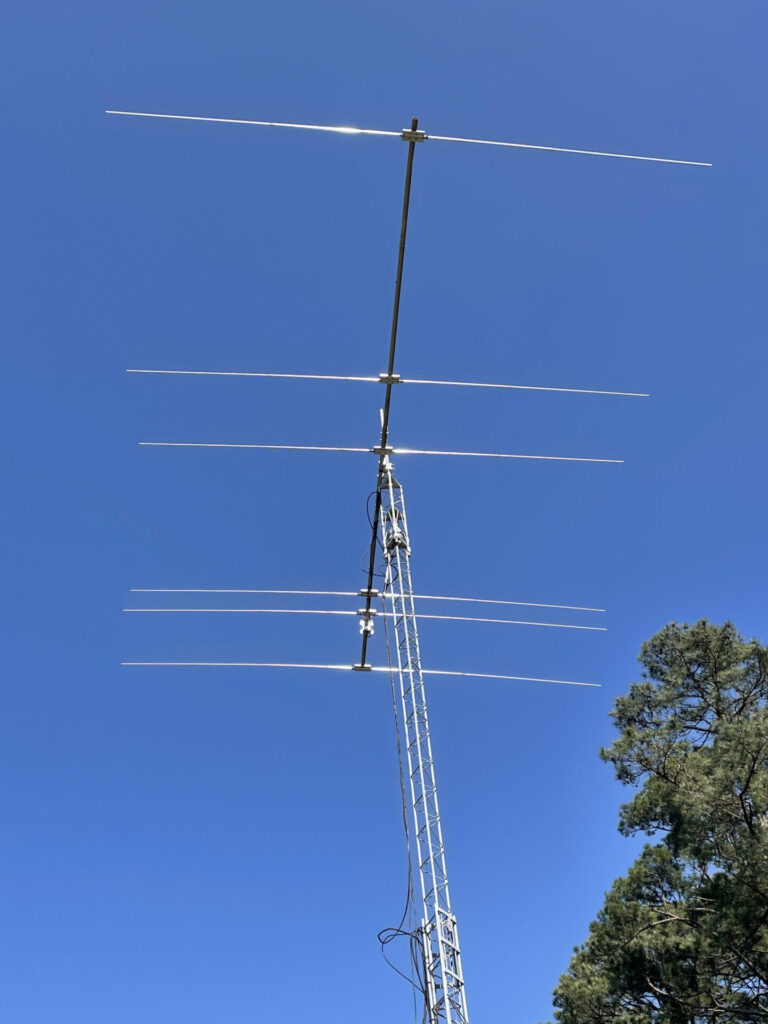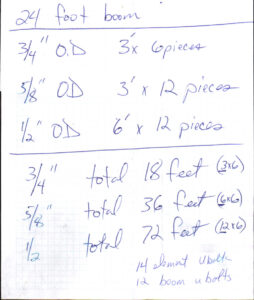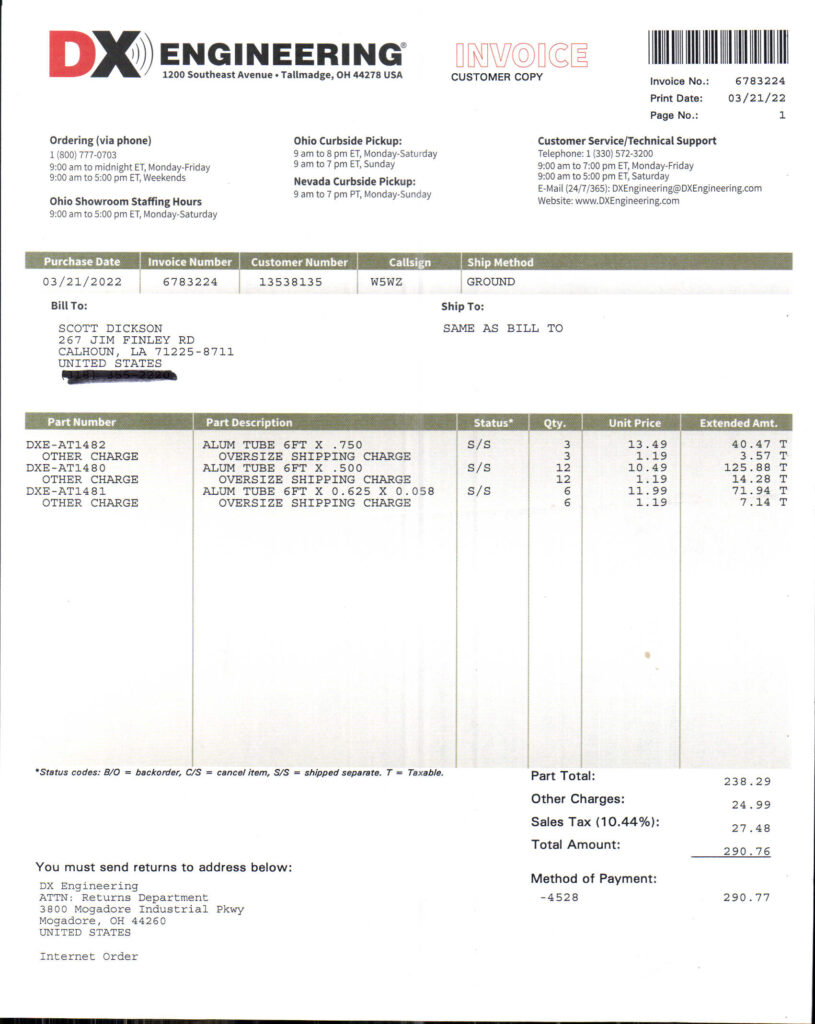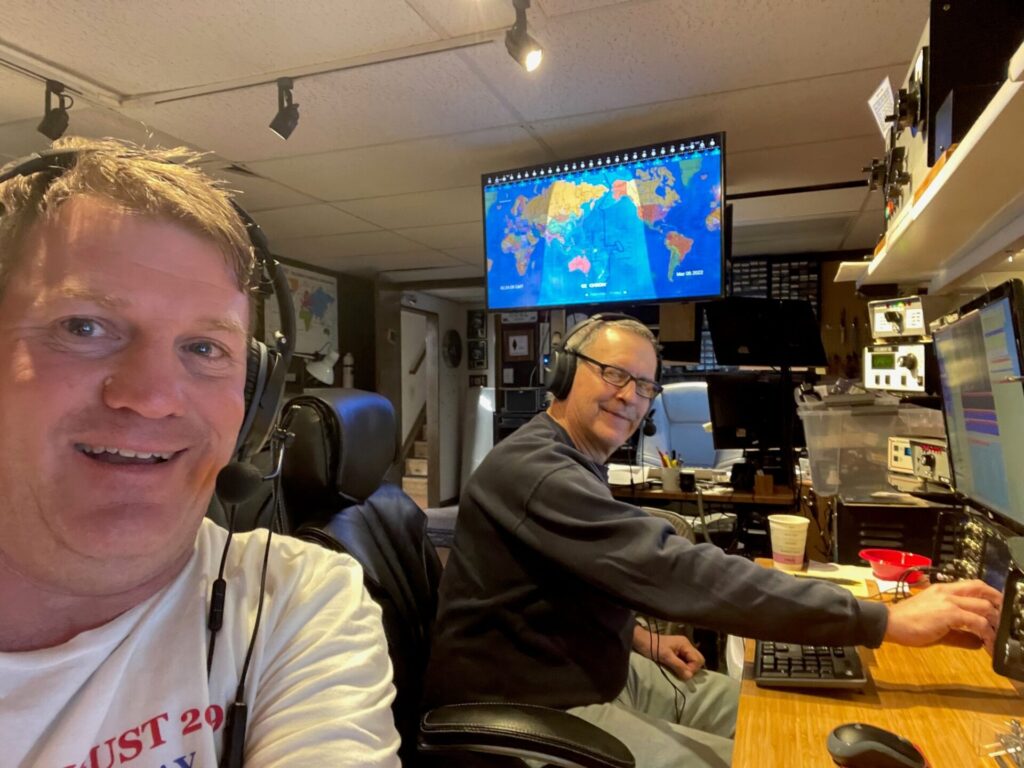1/2/2022 – With the upcoming Bouvet DXpedition, now seemed like a good time to improve my beverage receive antenna for the SE direction. The current SE beverage was 480 feet long, and is run on the same posts, 2 feet above the primary NW beverage.
Several years ago, I planted some oak trees on the north and south sides of my property, which is primarily a pasture. They have grown, and now are adequate to anchor the ends of beverage receive antenna wires. I selected an appropriate pair with a 310/130 heading between them. These trees are 525 feet apart, for an additional 45 feet of length for this antenna.
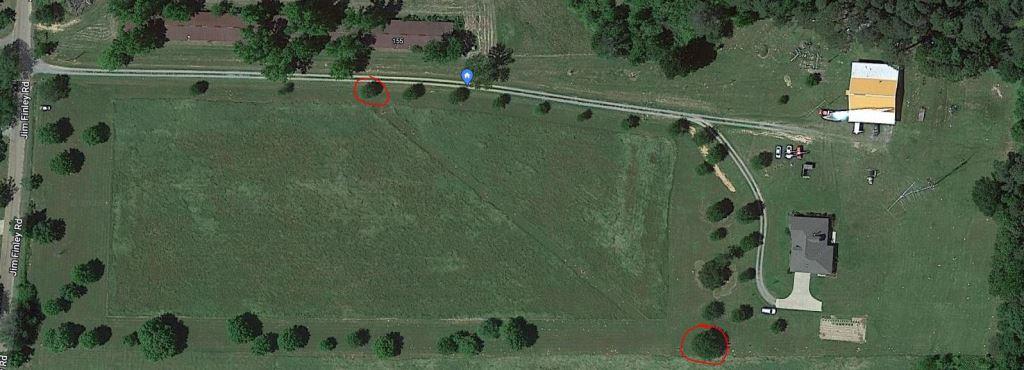
In the past, I had watched a YouTube video by Steve VE6WZ and his beverage installation techniques. Borrowing heavily from his method, I commenced my work.
At 12 feet above ground level, I drilled a 5/16″ pilot hole to install a 3/8″ hot-dip galvanized eye bolt. At the fixed end, a 3-foot loop of rope and an insulator are attached to the eye bolt.
For the floating end, I began exactly as VE6WZ demonstrates in his video. However, with 80 pounds of counterweight via the single pulley method demonstrated by VE6WZ, the wire was still sagging more than I desired. At this point, I decided to implement a 2:1 pulley block method to multiply the tension to 160 pounds.
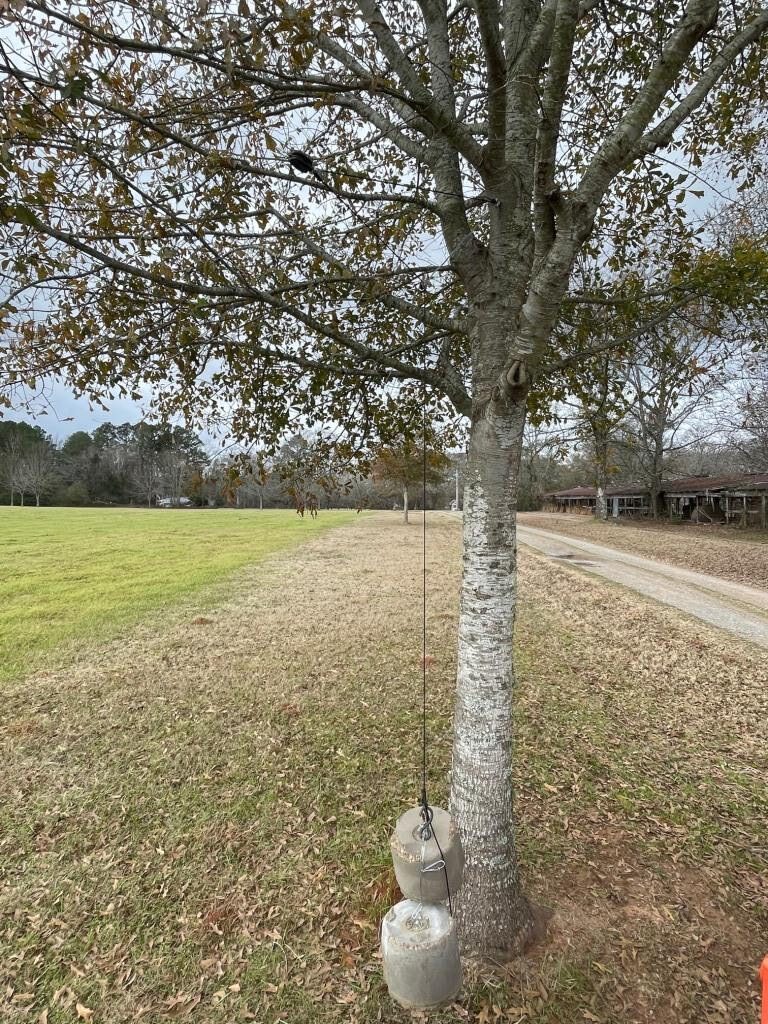
17-gauge galvanized steel electric fence wire has a breaking strength, depending on which source for specifications you trust, between 125 and 176 pounds. Thinking that I may be pushing my luck with 160 pounds of tension, I removed 40 pounds of weight, lowering the tension to 80 pounds via the 2:1 pulley block. The entire span is still sufficiently high above the ground. With storms approaching, that’s the end of work for today.
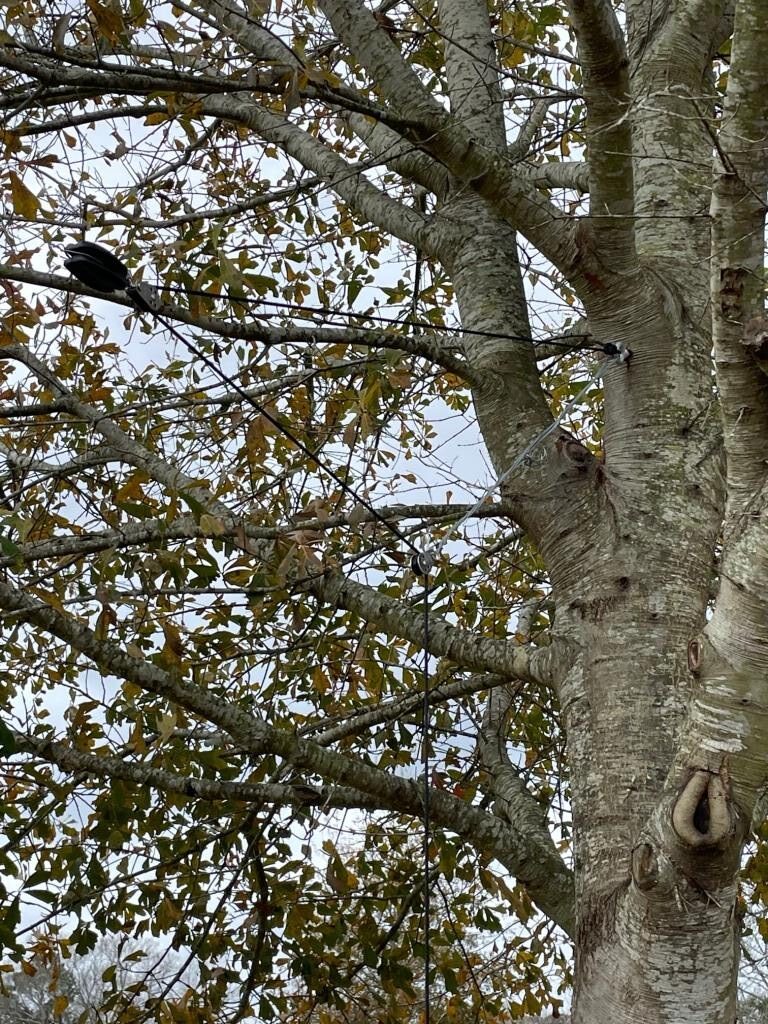
- Additional plans:
- 3 ground rods (1/2″ copper pipe, 3-4 feet long) at both feed point and termination ends
- Soldered, rather than compression ground wire connections to ground rods
